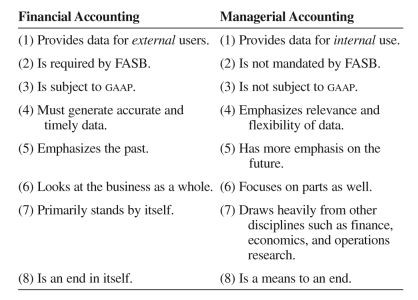Financial and Managerial Accounting
Post on: 12 Август, 2015 No Comment

Explain the nature of capital investment decisions.
Capital investment decisions generally refer to projects or proposals that require the purchase of plant assets. These decisions are crucial to the long-run financial health of a business enterprise. Not only do they require that resources be committed for long periods of time, they are also difficult or impossible to reverse once funds have been invested and a project has begun.
LO2
Identify nonfinancial factors in capital investment decisions.
Nonfinancial factors may dictate the appropriate course of action. Such factors may include, for example, compliance with laws, corporate image, employee morale, and various aspects of social responsibility. Management must remain alert to such considerations.
LO3
Evaluate capital investment proposals using (a) payback period, (b) return on investment, and (c) discounted cash flows.
The payback period is the length of time needed to recover the cost of an investment from the resulting net cash flows. However, this type of investment analysis fails to consider the total life and overall profitability of the investment.
Return on average investment expresses the average estimated net income from the investment as a percentage of the average investment. This percentage represents the rate of return earned on the investment. A shortcoming is that average estimated net income ignores the timing of future cash flows. Therefore, no consideration is given to the time value of money.
Discounting future cash flows determines the net present value of an investment proposal. Proposals with a positive net present value usually are considered acceptable, while proposals with a negative net present value are considered unacceptable. This technique considers both the life of the investment and the timing of future cash flows.

LO4
Discuss the relationship between net present value and an investor’s required rate of return.
The discount rate used in determining an investment’s net present value may be viewed as the investor’s minimum required return for that investment. Thus, when an investment’s net present value is positive, its expected rate of return exceeds the minimum return required by the investor. Conversely, a negative net present value suggests that an investment’s return potential is less than the minimum return required by the investor.
LO5
Explain the behavioral issues involved in capital budgeting and identify how companies try to control the capital budgeting process.
Employees may be optimistic or pessimistic in their capital budgeting cash flow estimates because their futures are affected by the selected capital budgeting proposals. Firms audit capital budgeting projects to attempt to control for overly optimistic or pessimistic estimates.














